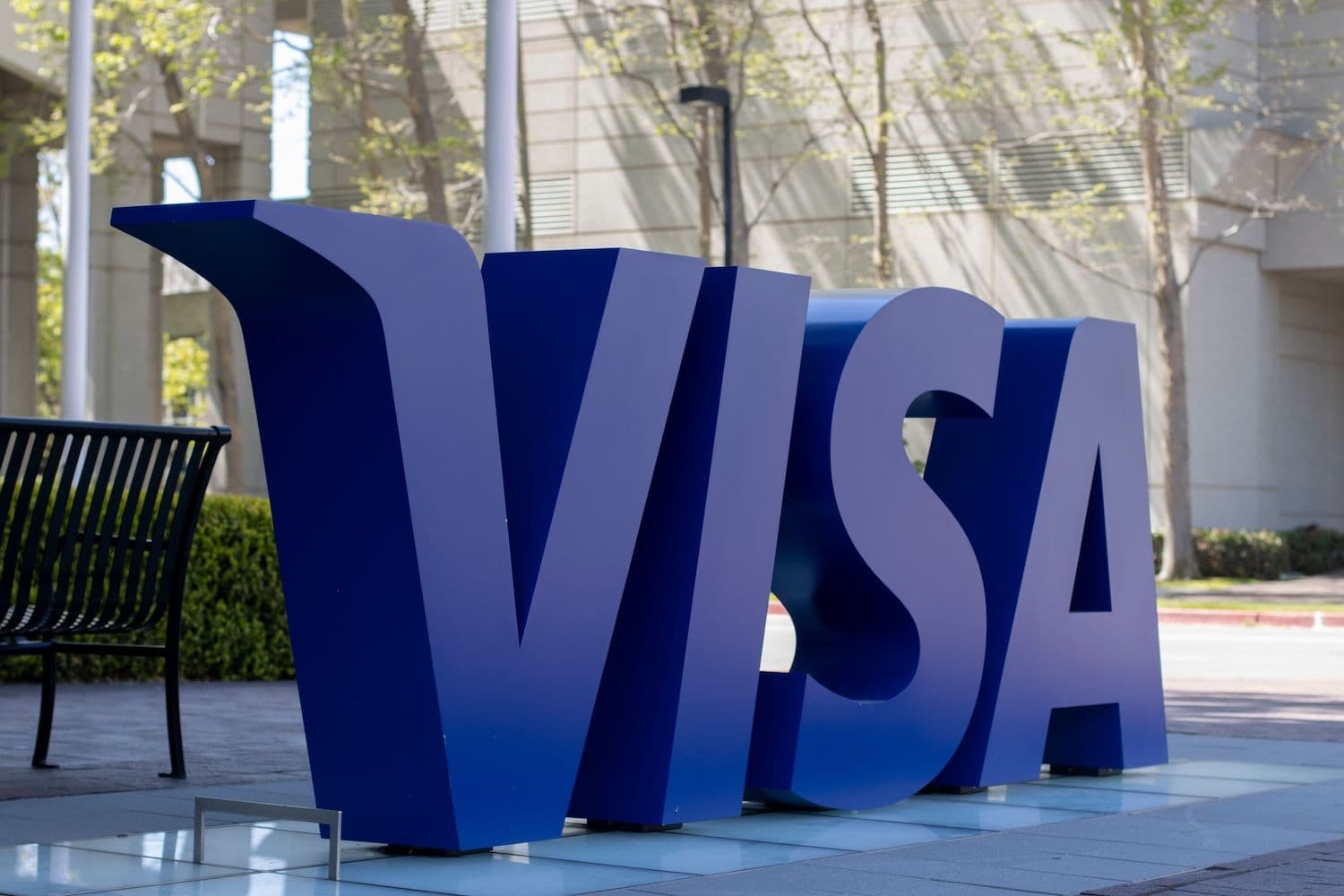Visa announced Tuesday it will begin testing a system that allows businesses to fund international payments using stablecoins rather than maintaining cash deposits in foreign bank accounts. The payment processing giant said the pilot program involves unnamed partners and will expand in 2026.
What to Know:
- Visa is piloting a program allowing banks and remittance firms to pre-fund accounts with stablecoins instead of traditional currencies for cross-border transactions
- The initiative follows passage of the Genius Act, federal legislation establishing regulatory standards for stablecoin issuers in the United States
- Industry observers see the move as evidence that established financial institutions are adapting stablecoin technology rather than viewing it solely as competition
Regulatory Framework Drives Institutional Adoption
Mark Nelsen, who leads product development for Visa's commercial and money movement solutions, said the Genius Act fundamentally altered how major financial institutions approach digital tokens. "The Genius Act changed everything. It made everything so much more legitimate," Nelsen told Reuters. "Before that regulatory clarity, all the big institutions were sort of on the fence."
The pilot initiative targets banks, remittance firms and other financial institutions that currently maintain pre-funded accounts in multiple currencies. These entities often lock substantial capital in foreign accounts to facilitate local payouts. By substituting stablecoins for traditional currency deposits, participating institutions could accelerate transaction processing while reducing tied-up capital.
Technology Integration Over Disruption
Stablecoins are digital tokens engineered to maintain consistent value through backing by conventional assets such as U.S. dollars or Treasury securities. Their capacity for rapid cross-border fund transfers has prompted concerns among analysts that they might diminish market share for payment processors and regional banking institutions.
Matthew Tuttle, CEO of Tuttle Capital Management, characterized the shift as fundamental.
"Stablecoins are moving from crypto gimmick to financial plumbing," Tuttle said.
He noted his firm launched an inverse regional bank exchange-traded fund based partly on this assessment. "It's one of the reasons we launched an inverse regional bank exchange-traded fund as I think the regionals are in trouble," he said. The fund gains value when regional bank stocks decline.
Visa's approach demonstrates how some established players are choosing integration over resistance. Nelsen emphasized that existing payment infrastructure represents significant investment that new entrants would struggle to replicate. "The amount of software and technology that's been deployed globally for payments is hard to recreate," he said. "So it seems more likely to just incorporate stablecoin technology into existing flows."
The company did not disclose which financial institutions are participating in the pilot program. Visa also declined to specify a timeline for broader commercial deployment beyond indicating expansion plans for next year.
Understanding Key Financial Terms
Stablecoins represent a class of cryptocurrency designed to minimize price volatility through asset backing. Unlike Bitcoin or Ether, which fluctuate based on market demand, stablecoins typically maintain a one-to-one value ratio with reserve assets. The Genius Act, referenced throughout industry discussions, established federal oversight requirements for stablecoin issuers, including reserve standards and audit protocols.
Cross-border payment systems traditionally require businesses to maintain accounts in multiple currencies across different jurisdictions. This practice, known as pre-funding, ties up operating capital but ensures funds are available for immediate disbursement in local currencies. The substitution of stablecoins for traditional pre-funding could reduce the amount of capital businesses must keep in reserve while maintaining transaction speed.
Closing Thoughts
Visa's stablecoin pilot program reflects broader acceptance of digital tokens within established financial infrastructure following U.S. regulatory clarification. The initiative seeks to preserve existing payment networks while incorporating newer technology for efficiency gains.

